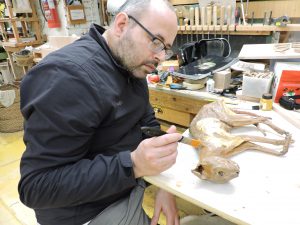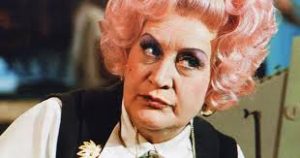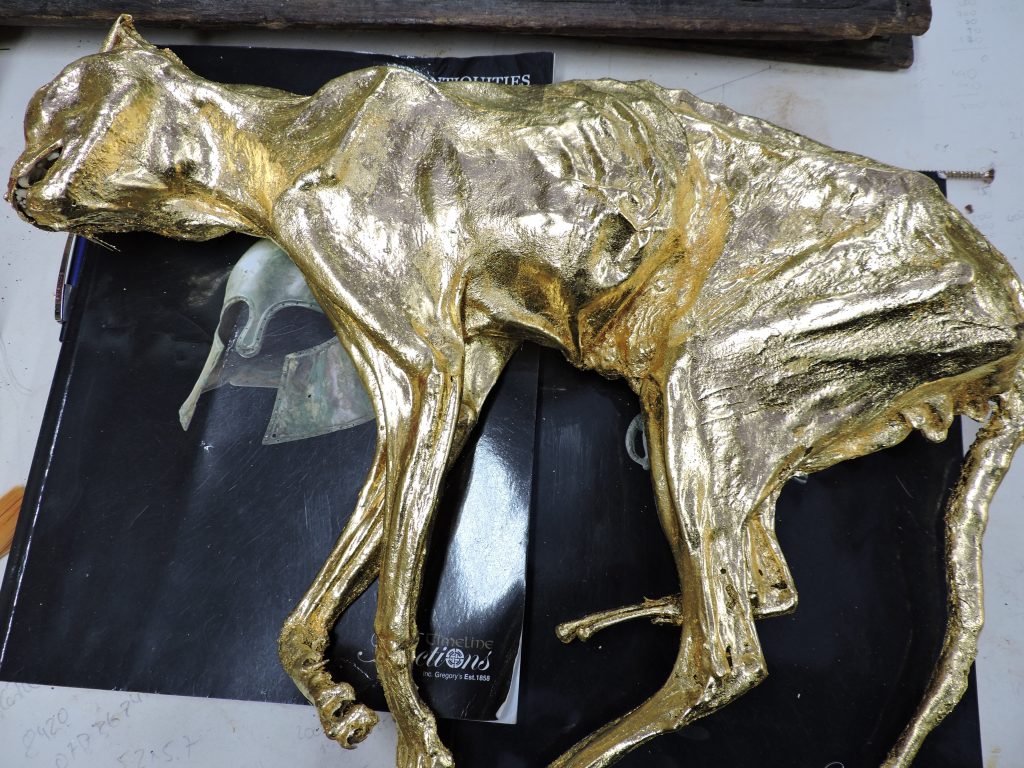The Chippendale school is associated with furniture design and making, so it’s not often that one of our students sets out to make a prosthetic tail for a dead cat.
But that was part of the task that Dr Phillip Prager from Luxembourg has undertaken to upcycle a mummified cat into a golden work of art.
Phillip, a former assistant professor of aesthetics at the IT University in Copenhagen, wanted an unusual item on which to hone his gilding skills.
He first bought a spiky sea urchin, but didn’t like it, and then came across the long-dead cat on a natural history website.

It’s all part of learning the ancient art of gilding, and we’ve been privileged to have had Richard Walker of Watergild Studios at the school. Richard is one of Europe’s foremost experts in gilding, and teaches both in the UK and USA.
The cat had been bricked up inside a wall of a medieval English house – a common practice to ward off evil spirits – and only recently discovered.
While the cat’s mummified body is very well-preserved, complete with claws and teeth, the tail first needed to be replaced – which Phillip did using a strip of leather.
“The cat obviously lived a tragic life, and I thought it would be nice to give it a bit of afterlife splendour,” says Phillip, who covered the carcass with shellac to give it strength and seal the surface, and then gilded it in 24 carat gold.

The cat, now named Mrs Slocombe, after a character in a British TV sit-com, will now be given her very own velvet cushion to lie on.
“I did think of the cat as female, but closer examination reveals it to be a tomcat – or, to keep using the Mrs Slocombe analogy, a pre-op transsexual,” says Phillip.
“It’s a very fitting gilding project because the ancient Egyptians worshiped cats, and it was also the ancient Egyptians who invented gilding. Phillip’s cat not only has my approval, but it also would also win high praise from any Pharaoh,” says Richard Walker.
